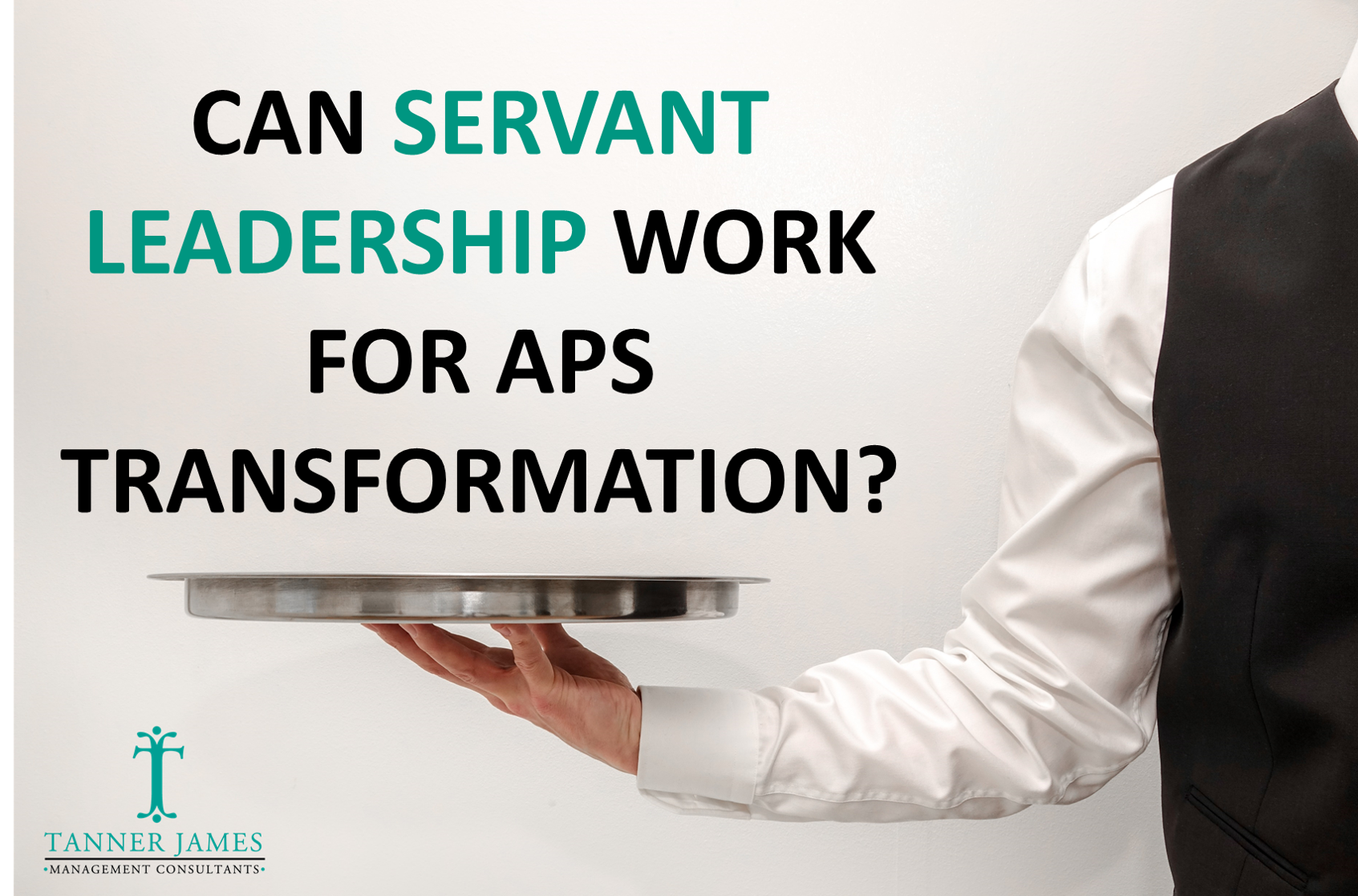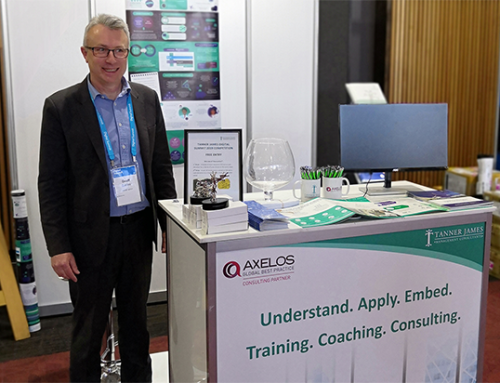If you speak with anyone about digital transformation of public services these days the term “agile” nearly always enters the conversation. One of the cornerstones of agile is the concept of Servant Leadership. But can it really work in a public service environment that is deeply-rooted in traditions of hierarchy and management based on authority?
What is it?
The term “servant leadership” was first coined by Robert K. Greenleaf in his 1970 essay titled “The Servant as a Leader”.
So, what exactly is servant leadership? That is an interesting question. In simple terms the idea of the servant leader is that the best way to lead the team is to be a servant to the team. Publications on servant leadership commonly reference ten key attributes of servant leaders:
- Listening
- Empathy
- Self-awareness
- Healing
- Persuasion
- Conceptualization
- Stewardship
- Foresight
- Commitment to growth of people
- Building community
But I would like to add something here. In his original essay Greenleaf talked about two roles:
- The Servant – who by acting with integrity and spirit, builds trusts and lifts people and helps them grow; and
- The Leader – who is trusted and who shapes others’ destinies by going out ahead to show the way.
He then asked the questions “can these two roles merge in one real person – for all manner of men and women, in all levels of status and calling? If so, can that person live and be productive in the real world of the present?” His answer to both questions was yes, and his essay aimed to explain why and how.
The big takeaway for me here is that Servant Leadership is not simply a label for a style of leadership, where the leader is there only to serve the team. Rather it is a merger of the two roles described by Greenleaf, The Servant and The Leader.
Who are we talking about?
Who should be the Servant Leader? 9 out of 10 agile advocates will probably answer “The Scrum Master” – because that is what the Scrum Guide states. And if the person who fulfils that role believes that a Servant Leader is there only to serve the team, it may cause problems – because the team may not wish to take direction from the senior officers who will be held to account if the team doesn’t deliver.
So what should be done in APS transformations initiatives? The answer lies in the two fundamental points of Greenleaf’s original essay:
- Being a Servant Leader means merging two roles – The Servant and The Leader; and
- All manner of men and women, in all levels of status and calling, can be a Servant Leader.
Taking the second point, I believe the easiest and most helpful interpretation of this is to think of transformation roles:
SRO, Program Manager, Business Change Manage, Design Authority, Assurance, Project Sponsor, Senior User, Senior Supplier, Project Manager, Team Manger, Scrum Master, Product Owner, Delivery Team Member… and so on
The way to look at it is that whatever role(s) you fulfil; you can do so as a Servant Leader. Then for each role, ask two questions:
- What must I do in this role to build trust, lift people and help them grow; and
- What must I do in this role to go out ahead and show the way?
You will benefit greatly from asking yourself those questions; you will benefit even more from asking those around you.
Doing so will be a rewarding way to show that Servant Leadership can work for APS transformation.
Do you agree?
Please comment on the blog itself or via LinkedIn.
Feel free to call me personally on 0407 404 688 or email me at john.howarth@tannerjames.com.au.






Leave A Comment